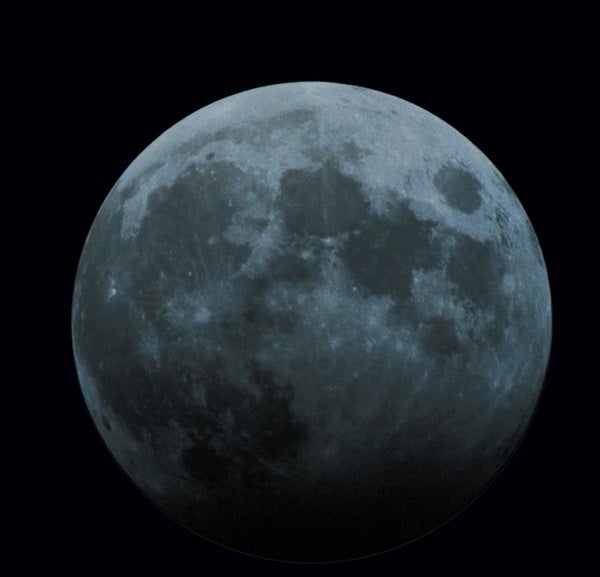Named the NASA Lunar Science Institute (NLSI), the new insitute will be managed from NASA’s Ames Research Center in Moffet Field, Calif. with dispersed teams from all across the nation.
NLSI’s operations are expected to begin March 1, 2008. NLSI will augment other, already established lunar science investigations funded by NASA by encouraging the formation of interdisciplinary research teams that are larger than those currently at work in lunar science.
“I am excited about NLSI,” said Alan Stern, associate administrator for NASA’s Science Mission Directorate, NASA Headquarters, Washington. “As the National Academy of Sciences has told us, the science to be done at the moon and from the moon are of high value, and NLSI will help us coordinate and expand a number of in-depth research efforts in lunar science and other fields that can benefit from human and robotic missions that are part of NASA’s exploration plans.”
A national search for a NLSI director is currently underway. Most work done under NLSI’s banner will take place at other NASA centers, universities and non-profit research groups around the nations. These groups will be competitively selected after scientific peer review.
Initially, NASA will select four or five teams for grants of $1 to $2 million each for three years, with renewals of up to five years. NASA will solicit team proposals in a 2008 NASA Research Announcement.
By late 2008, about 50 researchers around the U.S. could be working under NLSI’s banner. By 2010, that number could double. Funds for this effort are part of the president’s proposed 2008 NASA budget for the lunar science project within the planetary research program, now under consideration in Congress.
“We’re delighted NASA Ames was chosen to lead this exciting new lunar science research office,” said S. Pete Worden, Ames center director. “This will complement the agency’s ongoing lunar research and further the implementation of the nation’s exploration efforts.”











